
Science News Finding & Critiquing Current Information

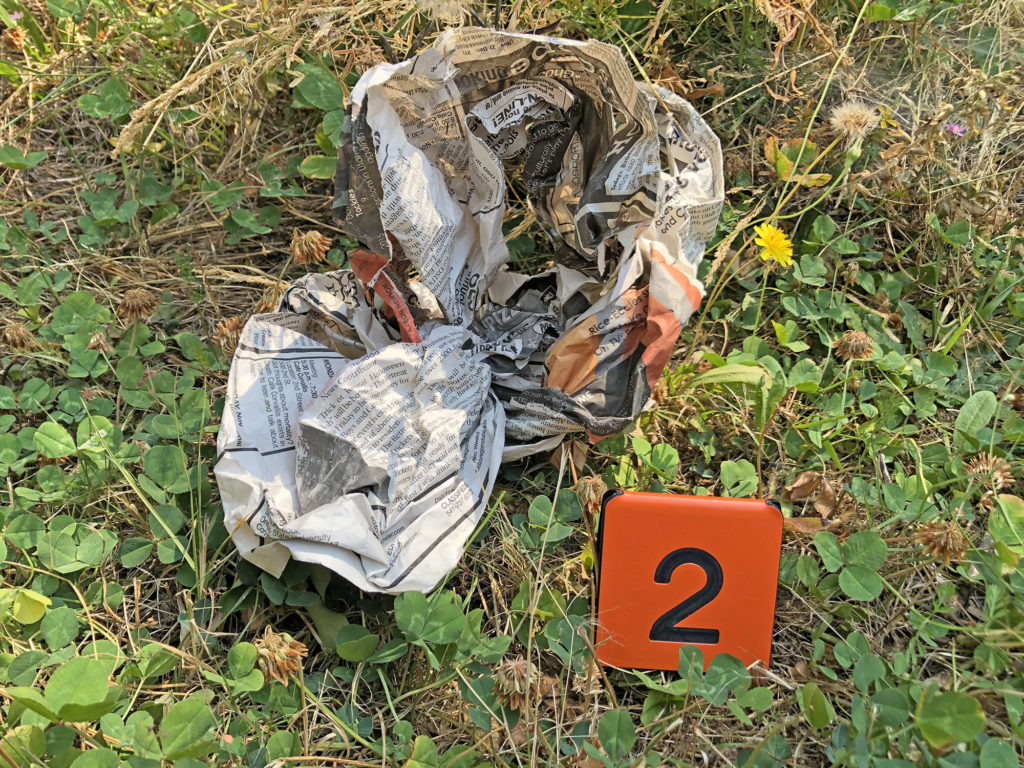
Science News Objectives
-
Provide examples of animal species that directly and indirectly benefit humans.
-
List characteristics of reliable sources of science news and include specific examples of these sources.
For the final journal page, you will be locating news stories about beneficial insects. This section starts by defining what these animals are and providing examples you can research.
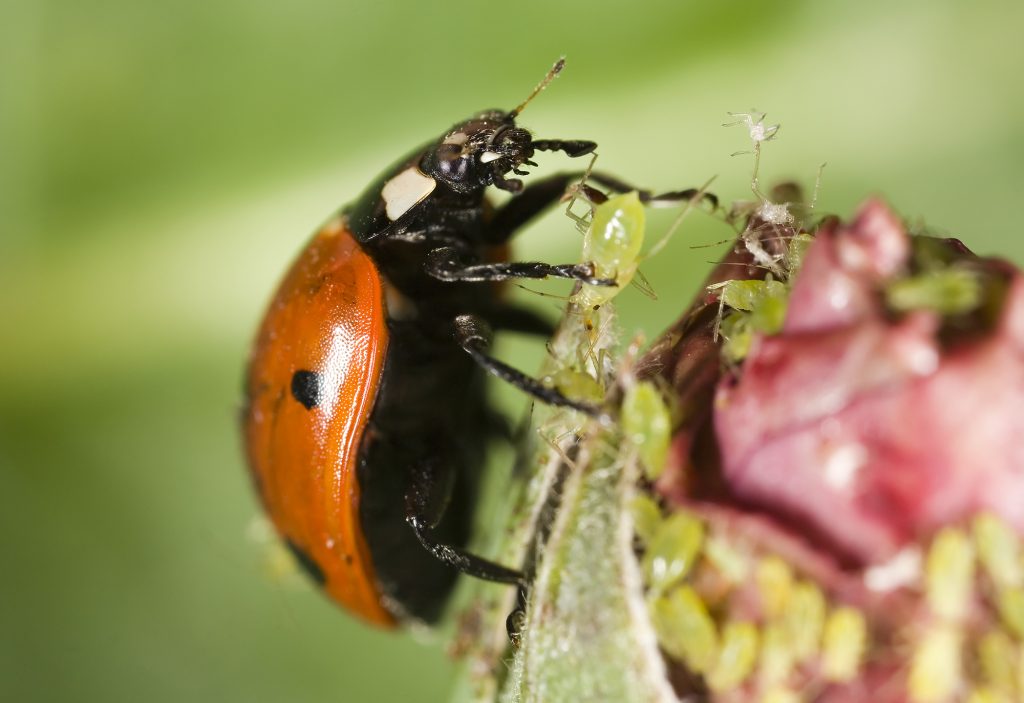
“Beneficial” animals positively impact humans in some manner. We have already met some of these categories: food animals, pets, and laboratory animals.
Animals also can produce products we use, give an indication of environmental quality, or control “pest species.
This video provides examples of the roles beneficial insects play and representative species.
Lady beetles are a beneficial insect that can control aphid populations.
You can purchase larvae online, and maintain them until they pupate and emerge as adults.
Instead of releasing these adults, we are keeping them in a terrarium.
Another role of “beneficial” animals is indicating the quality of a habitat. Some animals only thrive in clean soils or water.
This video discusses biotic (living) indicators of water quality.
Now we will focus on one of the best known groups of beneficial insects: the bees.
Bees are the perfect animals to wrap up the course. They have interesting structures and behaviors, unique genetics and evolutionary path, and are important to humans and many other species.
Bees produce honey and beeswax. Historically honey was one of the only sweeteners available in the Northern hemisphere (prior to sugarcane distribution), and beeswax was important for candle lighting.
Bees feed on flower nectar and pollen and transfer extra pollen from one flower to the next. Bee species are essential for the pollination of many flowering plant species.
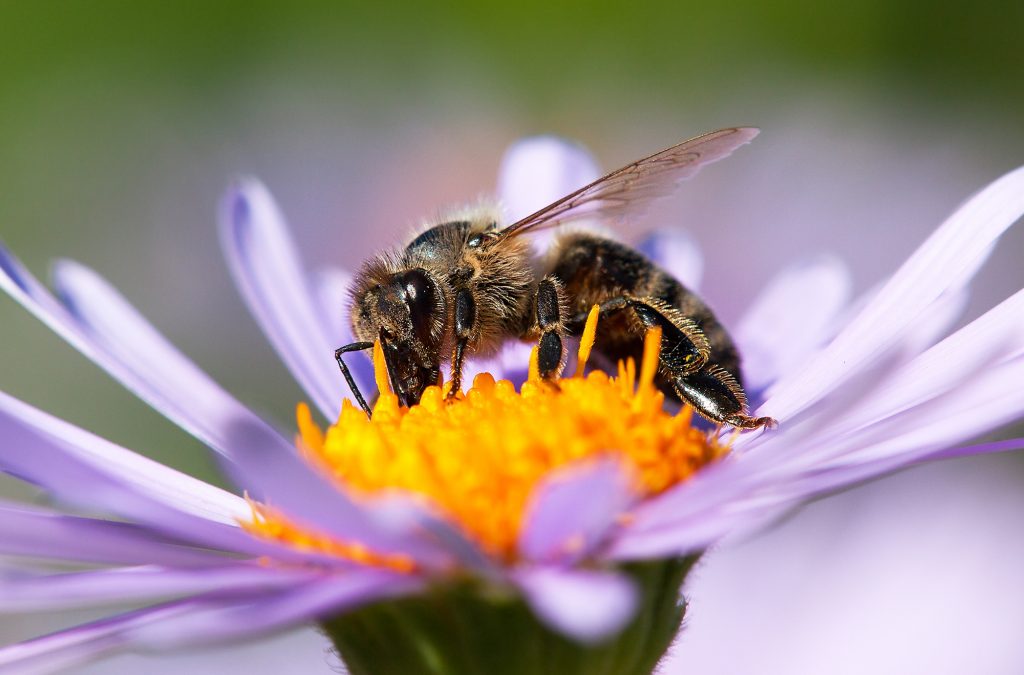
The most common honey bee is the Western Honey Bee (Apis mellifera) that is found on every continent except Antarctica. This bee has been experiencing Colony Collapse Disorder (CCD), an unexplained occurrence of worker bees in a colony disappearing leaving behind the queen and immature bees. The hive and food are intact, but the workers are gone.
The cause, or causes, of CCD are unknown, but the impact on agricultural crops in North America, Europe, and Asia has been significant. There are still many mysteries about bees for science to solve.
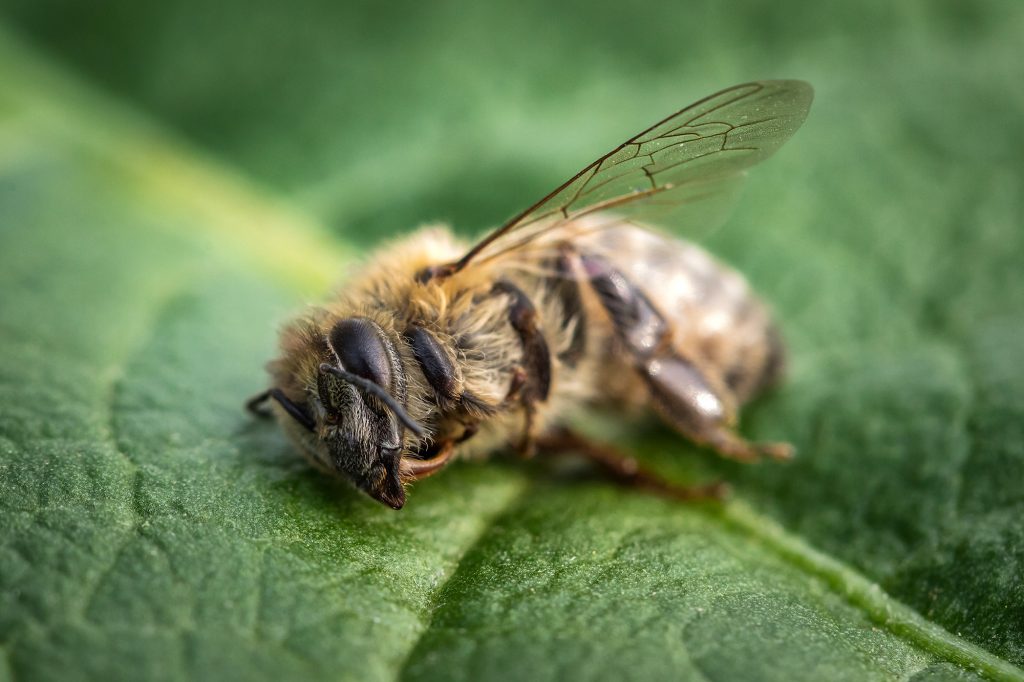
Science News

As you continue learning and using science knowledge into the future, there will be times that you want to find information on a particular topic. This could include researching the care of an animal, making a dietary choice, or considering medical treatment options. In each case you want updated and accurate information.
It is also interesting to flip through and understand the latest breakthroughs in science. To be aware when the first human is cloned or first vertebrate is resurrected from relic DNA.

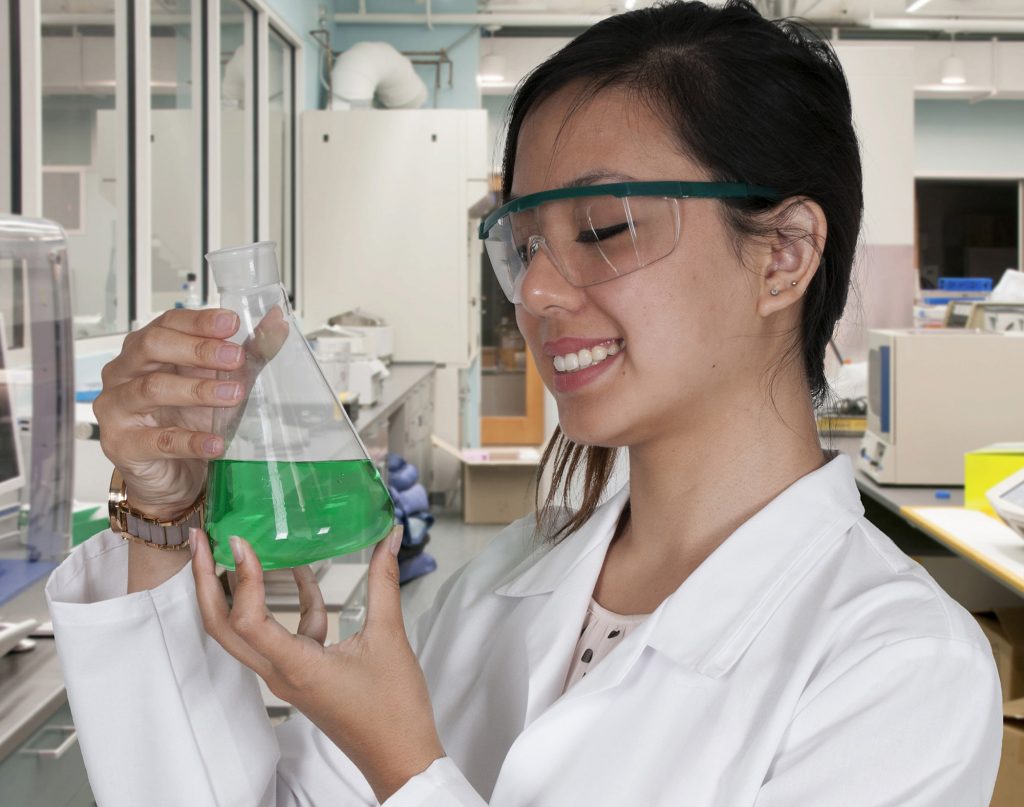
It seems like a primary source, hearing directly from a researcher, would be an advantage over a secondary source that is filtering and condensing the information. However, if you have ever asked a researcher directly about their area of study, you know they can be passionate and focused, not necessarily on your application of the research. Secondary sources can have several advantages.
Few people go to primary sources of research for science information, for good reasons.
-
Many published studies are written in a format intended for fellow researchers using field-specific jargon and data visualizations.
-
Most research studies are early in the knowledge gathering process, results are preliminary and require confirmation by further research.
-
It can be difficult to contextualize the significance of a particular research study without being widely read in the area.
-
Many peer-reviewed research journals are only available through expensive subscriptions maintained by institutions.


Additionally, some secondary sources employ skilled science writers, illustrators, and editors who can contextualize individual research papers, indicating which science news is worth responding to, and which is still in early stages of knowledge formation.
Characteristics of quality science news sources:
A source is worth visiting repeatedly if it has these features.

Consistent science news websites:
These sources repeatedly make top-10 industry lists for most reliable science news coverage. You may add your own favorite sources to the list.
- Nature News
- BBC News science and environment page
- Wired Science
- New Scientist
- Popular Science
- Live Science
- National Geographic
- Smithsonian Magazine
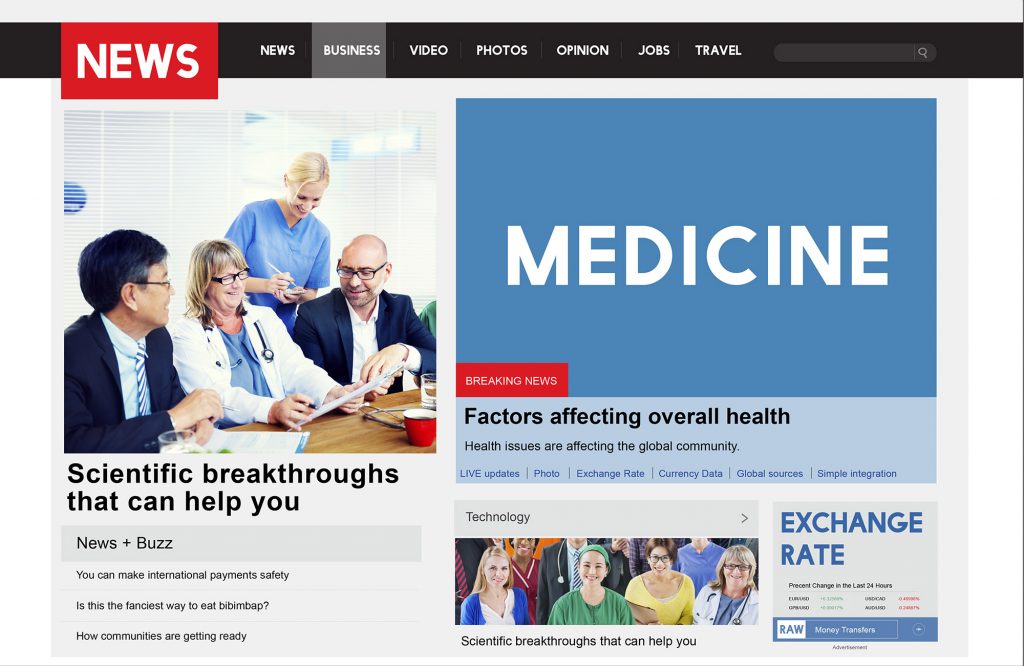
Start this Guide’s second journal page here
Journal Page #16: Beneficial Animal News
For this journal page you are finding and summarizing information on beneficial insects from three different science news websites. You can find three different sources about one type of animal (for example, honey bees), or locate sources of information on three different types of beneficial animals.
Your journal page includes:
-
The urls (webpage addresses) of the three different sources of science news about beneficial insects (written/dated within the past 12 months).
-
Brief summaries in your own words of what each of the three news stories state about the beneficial animal.
-
Why you think each news source is reliable.
You can cast a wide net on what you feel is a “beneficial” animal as long as the news story indicates something about the animal that could benefit humans.

Compiled Journal (due Friday)
Compiled Journal
Once you have finished all 16 journal pages, you are compiling the pages into a finished journal. Include at the front of your journal your name and the date of completion. Your journal may be papers, digital, or a combination of media. You are submitting evidence that the journal is completed. It could be the journal itself, a series of photos, or a video tour of the journal. If it is a large file like a Powerpoint file, you may want to submit it in PDF format. A large video can be hosted on a website, and the address can be submitted on Canvas.
This is it!
Once you have submitted this Animal News Guide’s two journal pages and the compiled journal, you have completed BI 102.
Congratulations!
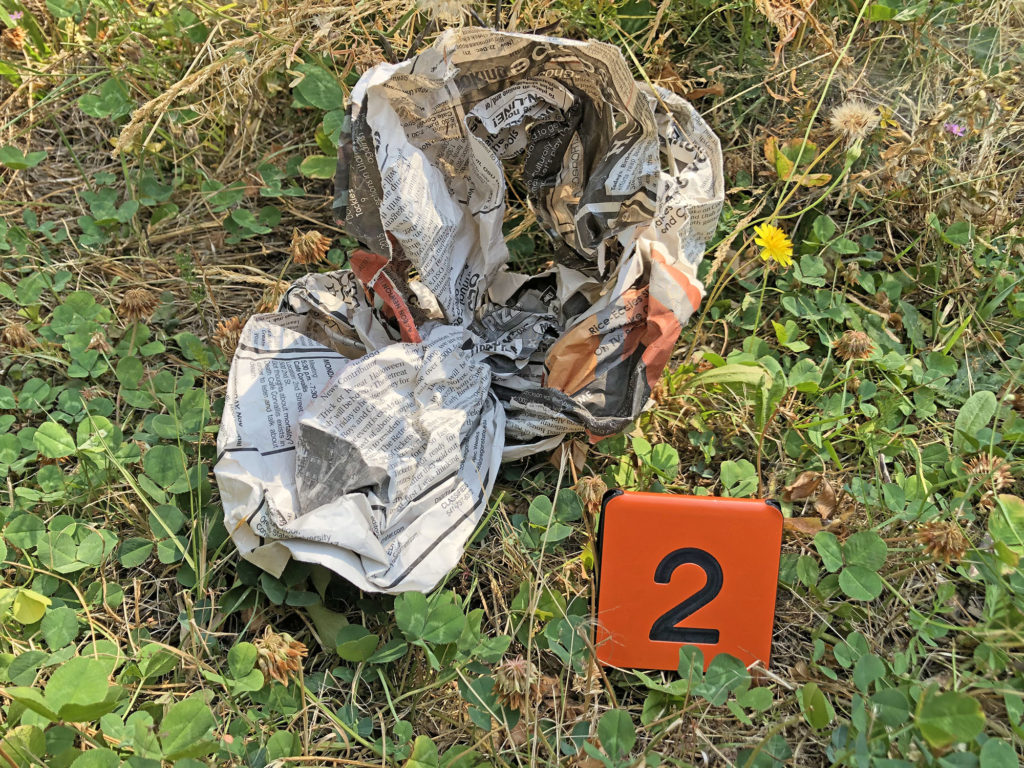
Check your knowledge. Can you:
-
provide examples of animal species that directly and indirectly benefit humans?
-
list characteristics of reliable sources of science news and include specific examples of these sources?
Animal News Guide Contents
Complete both sections before submitting your two journal pages and compiled journal.


